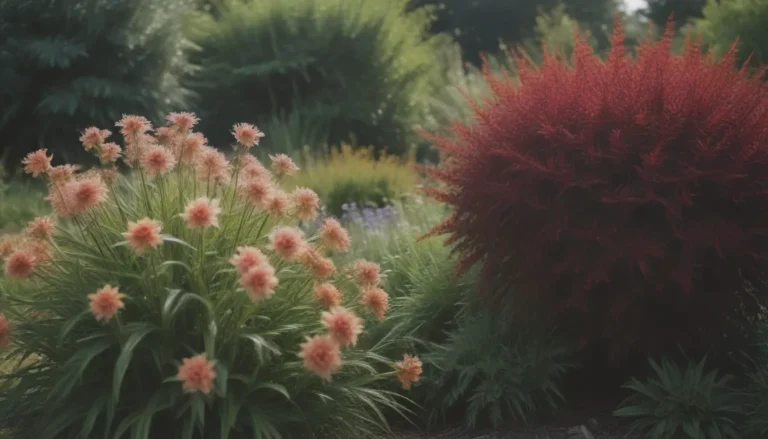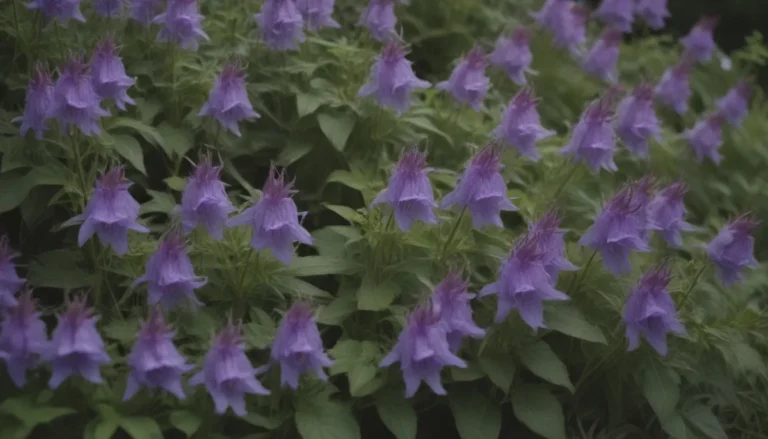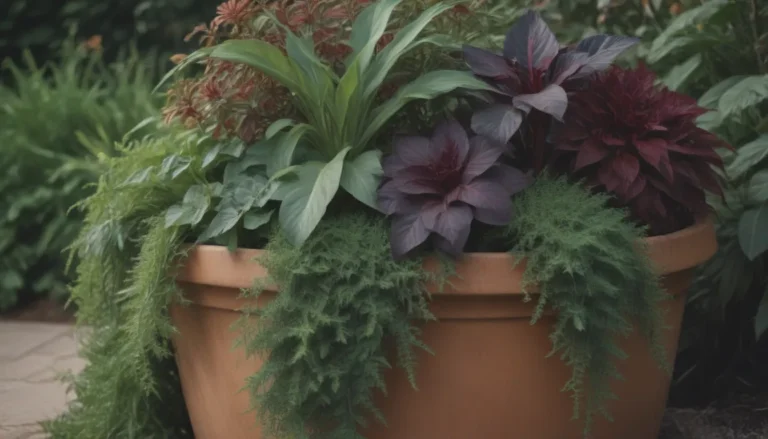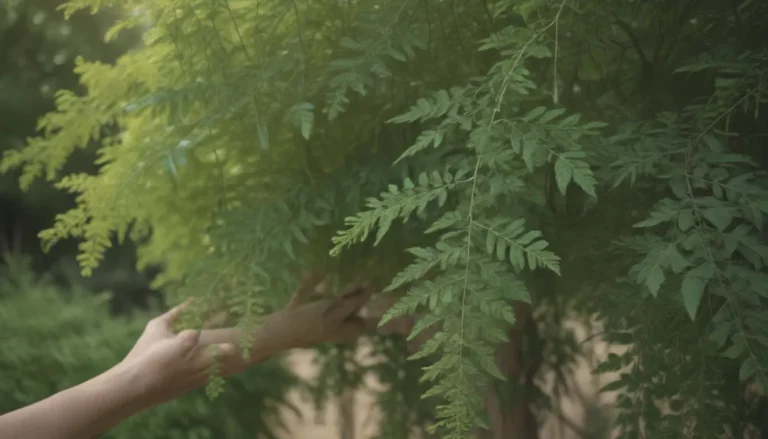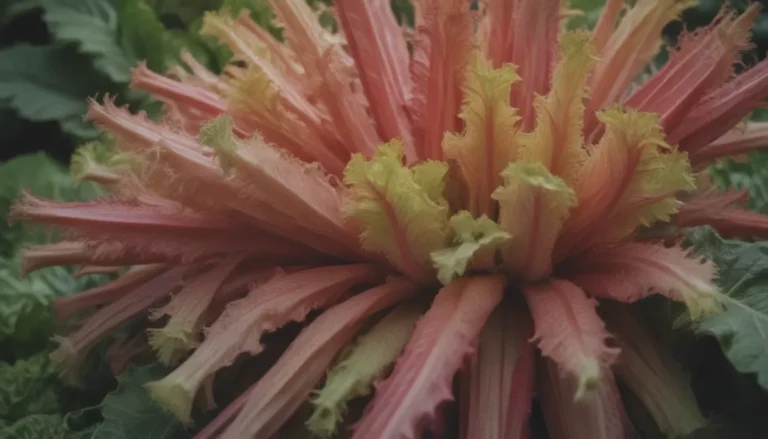The Complete Guide to Growing and Caring for Wallflower Plants
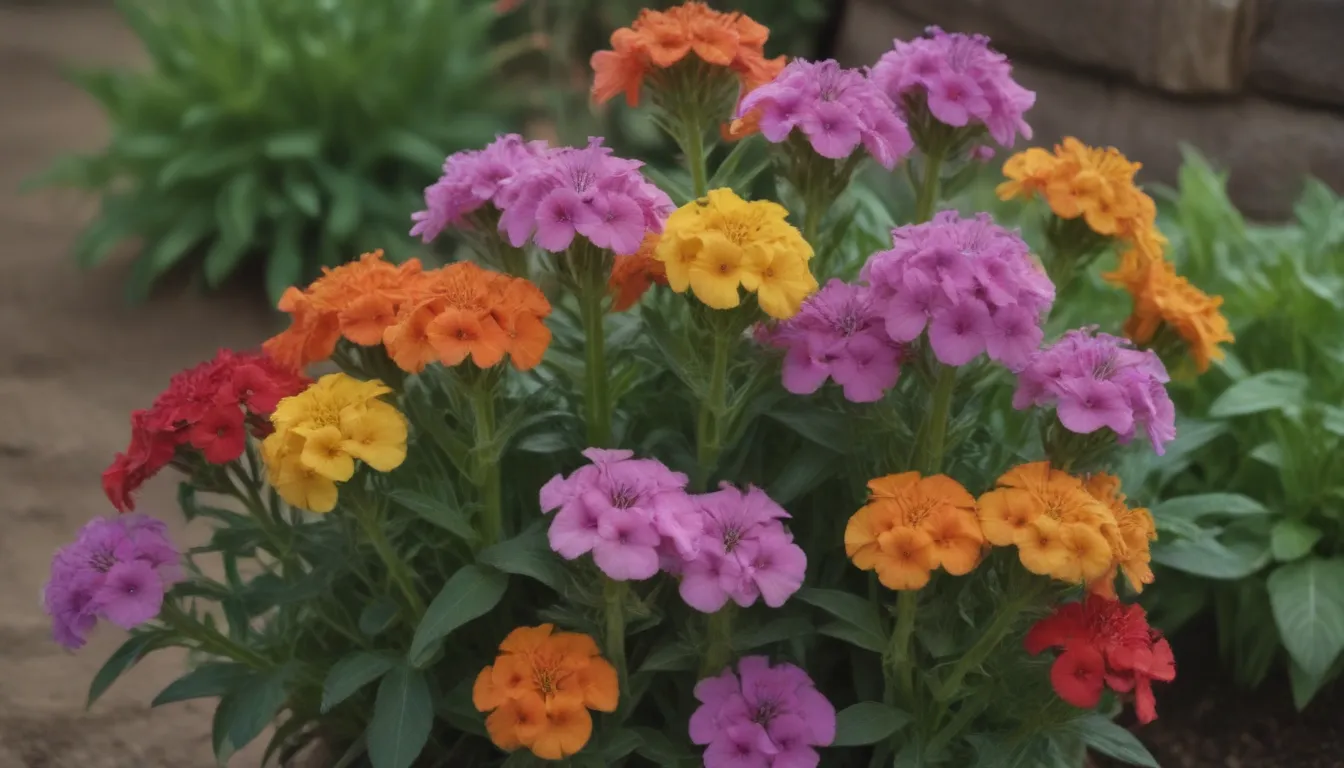
Are you looking to add a splash of color and fragrance to your garden? Look no further than the versatile and beautiful wallflower plant. Whether you’re a seasoned gardener or just starting out, wallflowers are a great addition to any garden. In this in-depth guide, we will cover everything you need to know about growing and caring for wallflowers, from selecting the right location to dealing with common pests and diseases. So sit back, relax, and let’s dive into the world of wallflowers!
What are Wallflower Plants?
Wallflowers are not just any ordinary plant – they are a shrub, groundcover, and bedding plant that can brighten up any space with their vibrant blooms. They are known for thriving alongside spring bulbs and bursting through cracks in walls, giving them their unique name. Wallflowers prefer warmer climates and well-draining soil, making them a great choice for gardens with those conditions.
Wallflower Care Tips
When it comes to caring for your wallflower plants, there are a few key things to keep in mind. Here are some essential care tips to ensure your wallflowers thrive:
Light
- Wallflowers love the sun, so make sure to plant them in a bright, sunny location. While they can tolerate some shade, they will thrive in full sun.
- Northern gardeners should choose spots with direct sunlight, while those in southern climates can opt for locations with some afternoon shade.
Soil
- Well-drained, dry to medium-dry soils are ideal for wallflowers. Avoid planting them in wet areas or poorly draining soil to prevent plant decline.
- Wallflowers can tolerate very alkaline soils, with a pH range of 7.0 to 9.0.
Water
- Wallflowers are drought-tolerant plants, so they don’t require frequent watering. Water them regularly when they are establishing, then reduce watering once matured.
Temperature and Humidity
- In warmer climates (USDA zones 8 to 10), perennial wallflower varieties grow as evergreens. In cooler climates, they may be grown as annuals.
- Maintain the appropriate temperature and humidity levels for your specific variety of wallflower.
Fertilizer
- Wallflowers do not need a lot of fertilizer to thrive. Instead, mix compost into the soil when planting to provide essential nutrients.
Types of Wallflowers to Consider
Wallflowers come in various cultivars and hybrids, each with its unique features and characteristics. Some notable varieties include:
- Erysimum cheiri ‘Sunset Apricot’
- Erysimum cheiri ‘Sunset Primrose’
- ‘Winter Passion’
- ‘Winter Orchid’
- ‘Red Jep’
- Erysimum linifolium ‘Bowles’s Mauve’
- ‘Walberton’s Fragrant Sunshine’
Pruning and Propagating Wallflowers
Proper pruning and propagation are essential for maintaining healthy and vibrant wallflower plants. Here are some tips for pruning and propagating wallflowers:
Pruning
- Deadhead your wallflowers regularly to encourage ongoing blooming.
- In cooler climates, prune them in the fall to promote dense new growth in the spring.
Propagating
- Check if your wallflower variety is trademarked before propagating.
- Wallflowers can be propagated through cuttings in late spring for biennials or perennials.
Growing Wallflowers From Seed
If you’re interested in growing wallflowers from seed, it’s a straightforward process. Here’s how you can get started:
- Select high-quality wallflower seeds from a reputable source.
- Plant the seeds in well-draining soil in a sunny location.
- Water the seeds regularly and watch them grow into beautiful blooms.
Potting and Repotting Wallflowers
For those who prefer container gardening, wallflowers can thrive in pots with the right care. Here are some potting and repotting tips:
- Choose a large enough container with proper drainage for your wallflowers.
- Repot the plant when its roots outgrow the current container.
Overwintering Wallflowers
Depending on your climate, wallflowers may need special care during the winter months. Here’s how you can overwinter your wallflowers:
- In hardiness zones, wallflowers may not need winter protection, but they may drop their leaves at the cooler end of the range.
- You can bring potted wallflowers indoors for the winter to protect them from the cold.
Common Pests and Diseases
Like any plant, wallflowers may be susceptible to pests and diseases. Here are some common issues to watch out for:
- Pests such as flea beetles, aphids, and cabbage worms may affect wallflowers.
- Look out for clubroot disease, which can cause stunted growth and wilted leaves.
Prevent infestations and diseases by maintaining proper soil conditions and avoiding planting wallflowers in areas recently occupied by related plant species.
Encouraging Wallflowers to Bloom
If you want to see more blooms on your wallflowers, follow these tips:
- Cut back the plants occasionally to promote more blooms.
- Ensure they are growing in full sun for optimal flowering.
With the right care and attention, your wallflowers will reward you with beautiful blooms and fragrant scents throughout the blooming season.
Dealing With Common Problems
While wallflowers are generally easy to care for, they may encounter some problems. Here are a few common issues and how to address them:
Not Blooming
- Lack of sun may prevent wallflowers from blooming. Ensure they are getting enough sunlight for optimal flowering.
Leggy Growth
- Prune back leggy stems after flowering to maintain a compact and healthy plant.
Wilting and Limpness
- Check for signs of clubroot disease or overwatering. Adjust watering practices as needed to revive the plant.
By addressing these common problems promptly, you can keep your wallflowers healthy and thriving in your garden.
Conclusion
In conclusion, wallflowers are a beautiful and versatile plant that can add color and fragrance to any garden. By following the care tips and guidelines provided in this guide, you can successfully grow and maintain healthy wallflower plants in your outdoor space. Whether you are a seasoned gardener or a beginner, wallflowers are a great addition to any garden landscape. So go ahead, plant some wallflowers, and enjoy the beauty they bring to your outdoor oasis!
